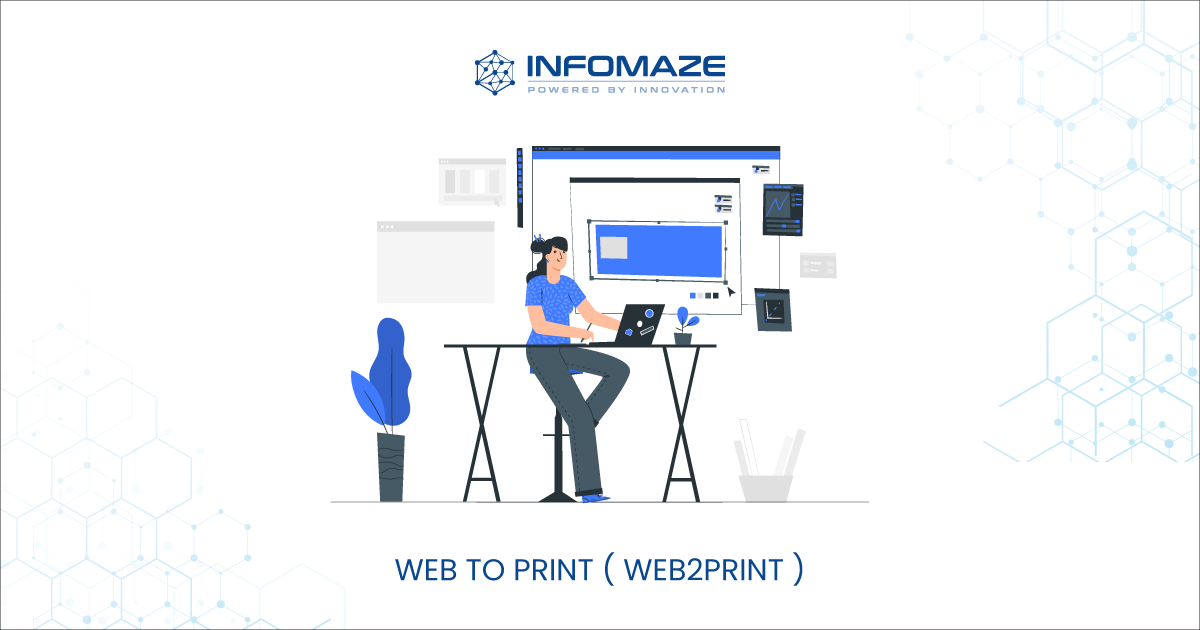Establishing a Smooth User Experience with Web 2 Print Solutions
In the current fast-paced digital environment, user experience remains a top priority for companies striving to stay ahead. A tool making significant strides in this field is web-to-print solutions. Such an innovative solution is reshaping the manner businesses and print shops conduct their operations, enabling them to deliver smooth services that cater to the increasingly customized demands of clients. By integrating web-to-print solutions, businesses are able to improve their processes, streamline order management, and ultimately deliver a greater satisfying engagement for their users.
In our exploration of the realm of print technologies, we will investigate how it revolutionizes the printing business, the advantages it offers to printing firms, and the essential characteristics to look for in selecting the appropriate option. If you are a print shop owner or a company aiming to improve your digital sales, grasping the key aspects of this technology will allow you to make informed decisions and improve your client experience to unprecedented heights. Join us as we uncover the important features of such technologies and their significance in transforming the evolution of printing.
Understanding Web-to-Print Platforms
Web-to-print applications represent a notable advancement in the printing industry, permitting businesses to manage their printing needs through internet-based platforms. This software facilitates customers to create, modify, and order printed materials directly from their equipment. Users can choose formats, submit artwork, and specify quantities, providing a streamlined process that boosts the overall customer experience. This ease of access is particularly beneficial for businesses seeking to retain a advantageous edge in a quickly changing market.
One of the core aspects of web-to-print systems is the versatility they offer. Unlike old-fashioned printing methods, which often require physical intervention and in-person consultations, web-to-print systems allow for real-time collaboration and quick adjustments to print orders. This electronic approach not only makes easier the workflow for print shops but also allows customers to take an active role in the development process. As a result, businesses can meet personalized printing needs more successfully than ever before.
The merging of web-to-print solutions with modern technology is transforming how print services are offered. By incorporating features such as e-commerce functions and self-service, these platforms can drastically improve order management and operational efficiency. This transition not only increases customer satisfaction due to quicker turnaround times but also facilitates print shops to scale their business by accessing a larger audience online. As technology continues to develop, the capability for web-to-print solutions to reshape the industry remains bright.
Benefits and Advantages of Print-on-Demand Applications
Print-on-Demand systems offers a variety of advantages that considerably enhance the operations of printing companies and enterprises. One of the primary benefits is the ability to simplify the order handling process. With a user-friendly interface, users can conveniently submit their artworks, modify products, and place orders online, resulting in a faster turnaround time. This streamlining not only enhances client satisfaction but also lowers the probability of mistakes that can happen in traditional ordering approaches.
Another important aspect of print-on-demand applications is their ability for personalization and customization. Organizations can offer users the option to create unique products that meet their specific demands, such as tailored logos or custom formats. This versatility enables customers, making them more likely to choose a solution that allows them to show their innovation. Additionally, the integration of variable data printing capabilities ensures that each produced piece can be tailored uniquely, further enhancing the attractiveness of the offerings.
Lastly, the expandability of print-on-demand software allows printing companies to develop their enterprise efficiently. As requirements rises, these solutions can process more requests and connect with online sales platforms for efficient functioning. The cloud computing characteristic of many print-on-demand systems enables organizations to access their applications online, minimizing the requirements for physical infrastructure. Web 2 Print Software , together with cost-effective capabilities, makes print-on-demand an important asset for any print shop seeking to thrive in a virtual environment.
A Coming and Developments of Web-to-Print
As we peer toward the horizon, Web-to-Print services are ready to face significant changes driven by emerging technologies. AI and machine learning are at the cutting edge of this evolution, improving automation in print processes, improving customer customization, and streamlining order management systems. This connection not only simplifies processes but also permits print providers to provide more customized experiences, aligning with the rising consumer demand for tailored products.
Sustainability and eco-conscious printing practices are becoming increasingly important as businesses strive to reduce their environmental impact. Web-to-Print technologies are evolving by including green practices, such as reducing waste through efficient printing processes and using eco-friendly materials. This trend not only satisfies consumer demands for responsible business conduct but also aligns with corporate sustainability goals, making it a vital focus for print shops in the coming years.
Moreover, the integration of e-commerce with Web-to-Print technology will continue to develop. The smooth relationship between online stores and print services enables businesses to enter new markets, enhancing customer journey through simplified ordering systems and real-time updates. As more organizations embrace these systems, we can anticipate observing innovative capabilities that additionally bridge the gap between online and print, ultimately redefining the print sector landscape.
